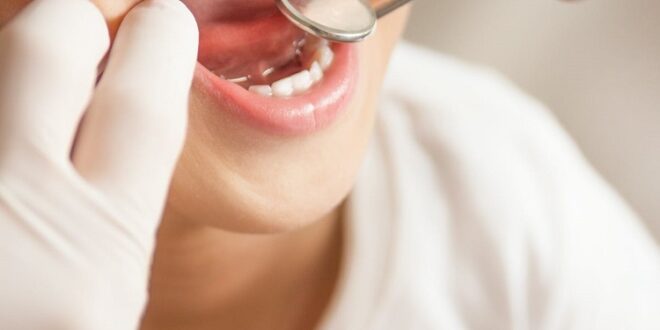Did you know that you should start flossing your child’s teeth even when they only have their baby teeth? That’s right! To ensure proper dental hygiene, flossing for kids should begin long before they have their adult teeth.
You may be thinking, “Well, what’s the importance of flossing for kids when they’re so young?”
We’ve got the answer: early in life, children need to know that flossing helps clean the places in their mouths that toothbrushes cannot get to.
In fact, flossing does around 40 percent of the work necessary in removing plaque and other bacteria from teeth. Continue reading for four facts all parents should know about flossing for kids.
1. Choosing Correct Care
When looking into kids dental care offices or facilities, more goes into it than what you see at first glance.
Some questions you may want to consider include:
- Is this a kid-friendly environment?
- Is the dentist’s office a fun place to go for my child?
- Are the dentist and staff trying to develop a relationship with my child?
With the right pediatric dentist, you will learn how to floss your child’s teeth as well as ensure that your child is getting the highest quality dental care possible.
2. Flossing Methods
Whether you’re flossing your child’s teeth or you have an independent little one, here are two types of flossing for kids:
The spool or finger-wrap method:
- Cut a piece of floss between 18 and 20 inches long
- Lightly wrap each side of the floss multiple times around each middle finger
- Carefully move the floss in between each tooth using the index finger in an up-and-down motion, not side-to-side
The loop or circle method:
- Cut a piece of floss that’s about 18 inches long
- Tie it securely in a circle
- Place all fingers (minus the thumb) inside the loop of floss
- Using the index fingers and guide the floss through the lower teeth
- Using the thumbs, guide the floss through the upper teeth
These two methods make flossing for kids an easygoing process. Try out both to see which one works best for you and your child!
3. Bleeding When Flossing
If you’re a first-time parent, you may feel anxious or hesitant to continue flossing should there be any bleeding from your child’s gums. Don’t worry!
Bleeding is completely normal during the beginning stages of forming a habit out of flossing.
Your child’s gums may bleed for the first few days and should stop after you’ve been flossing them regularly. If the bleeding persists after a week of a regular flossing habit, contact your paediatric dentist perth.
4. Make Flossing Fun
Children’s minds are like sponges. They absorb nearly everything you do and say, beginning at infancy.
So, if you floss in front of your children, there’s a high chance that they will naturally want to do it. Should this be the case, it’s your job to make flossing a fun part of their hygiene routine to look forward to.
Here are some ways to make flossing for kids a fun activity:
- Turn it into a game by pretending they’re fighting off bad guys or villains
- Floss with them to make this time more engaging
- Play one of their favorite songs while flossing
- Let them choose the flavor, type, and color of dental floss they’d like to use
Flossing for Kids
As a parent, one of your biggest responsibilities is ensuring your child has proper dental hygiene. This is crucial for preventing gum disease, tooth decay, plaque buildup, and cavities that can be detrimentally life-changing.
With these four facts about flossing for kids, you’re on your way to providing your child with a healthy smile.
Did you enjoy this article? Find more just like it here on our website!
 HammBurg Be informed with latest news, reviews, entertainment, lifestyle tips, and much more.
HammBurg Be informed with latest news, reviews, entertainment, lifestyle tips, and much more.




